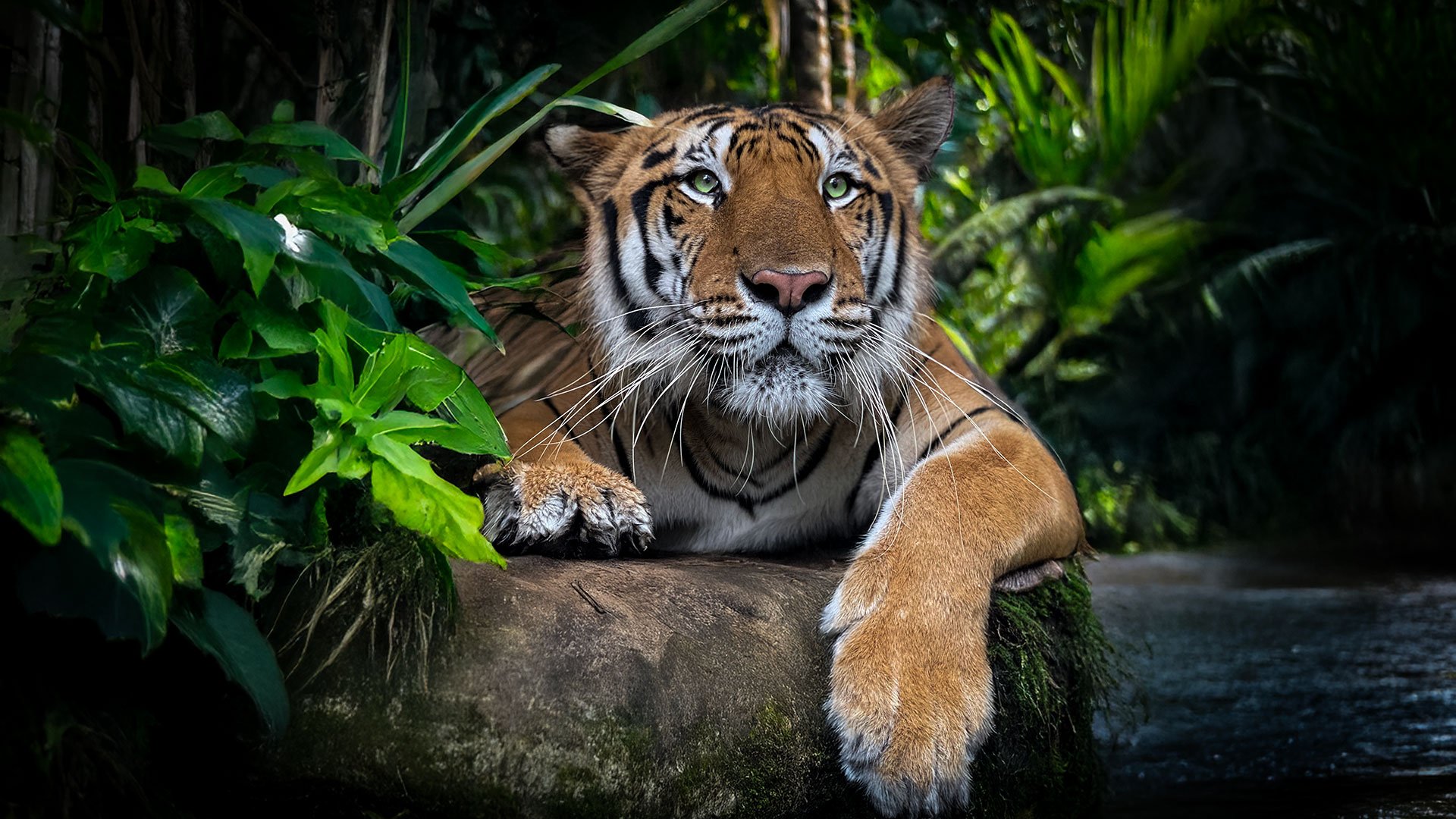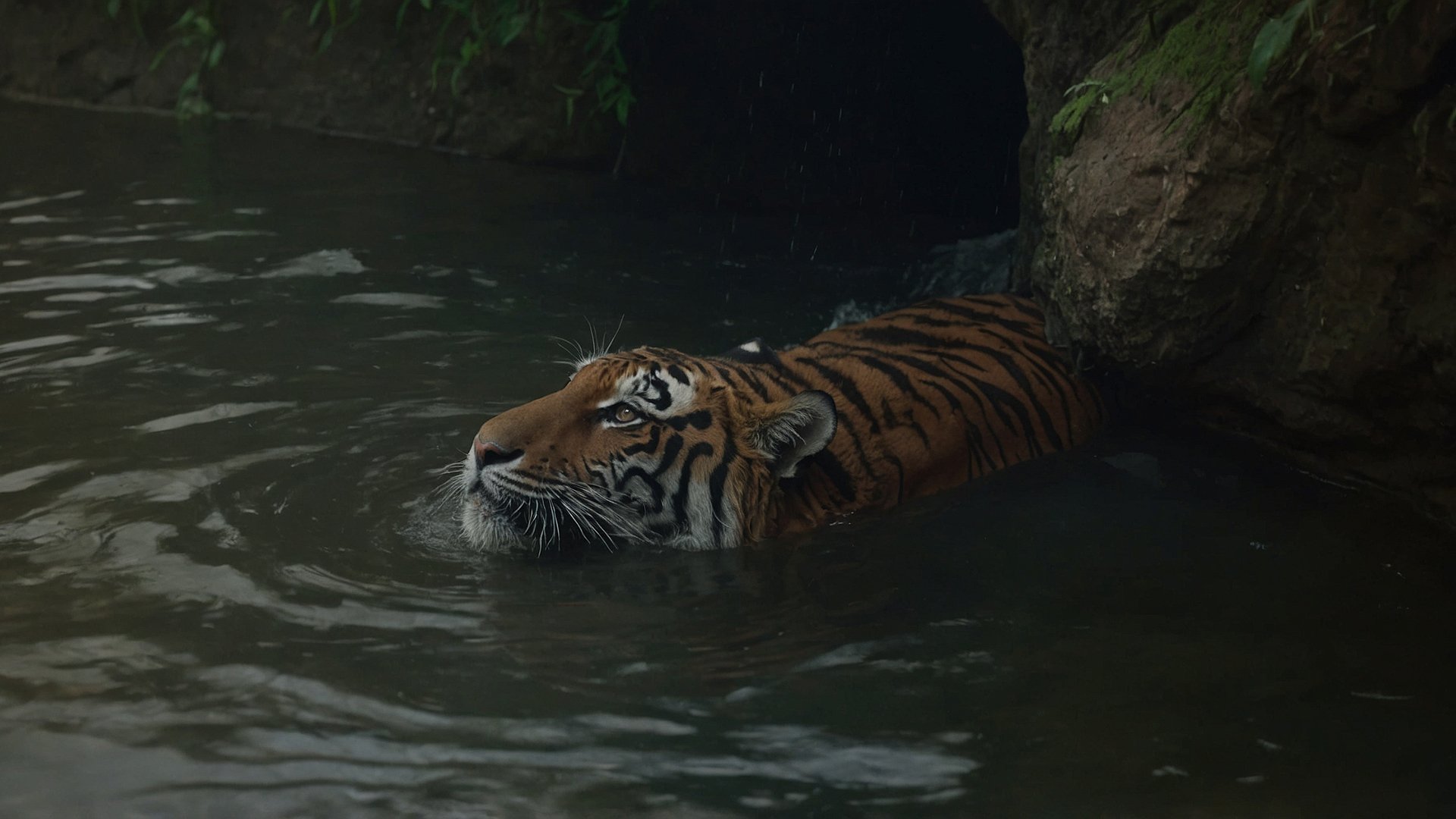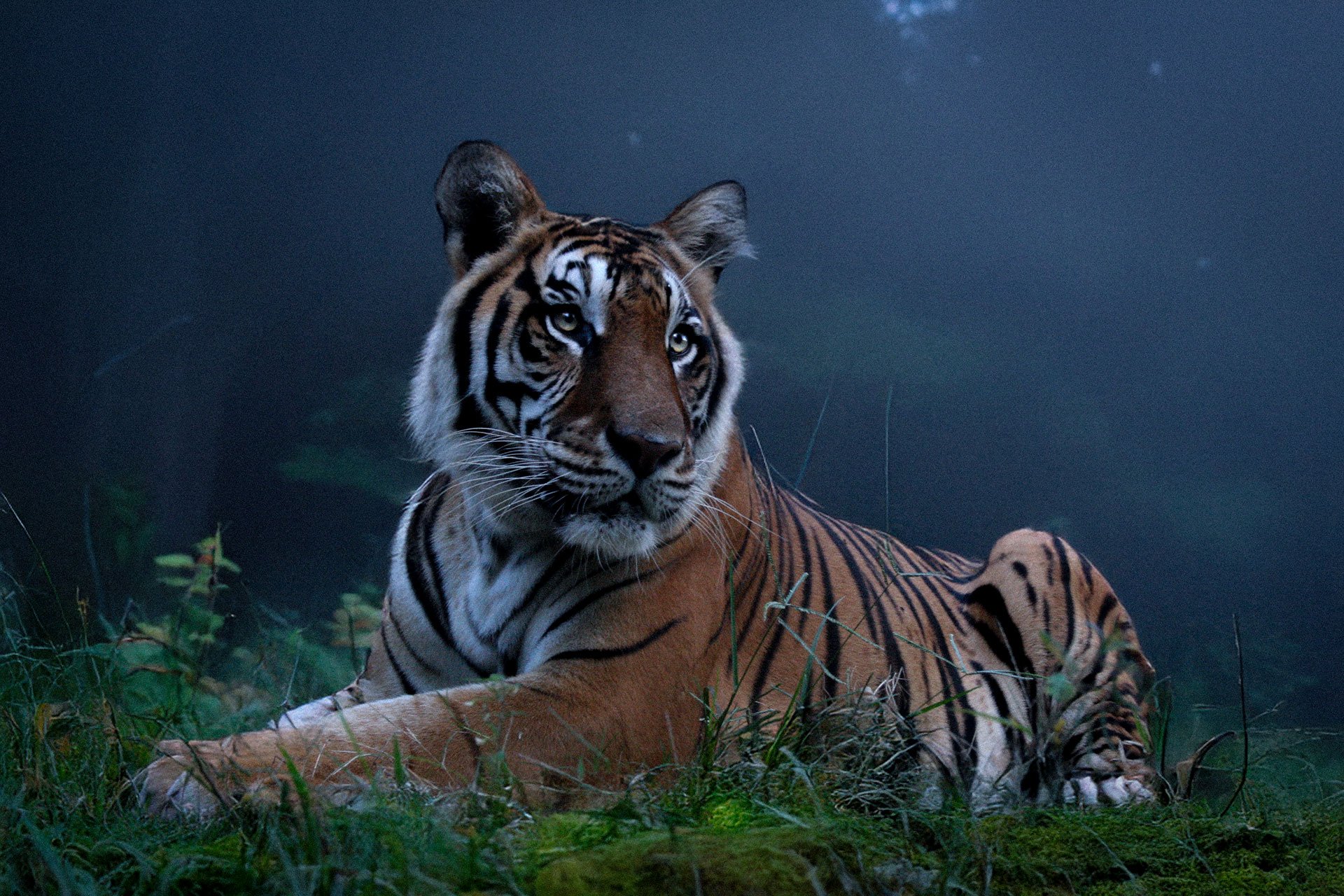India's Roaring Success: Doubling Tiger Numbers Through Dedicated Conservation
AI Kimba Tiger
India's remarkable achievement in doubling its tiger population over the past 12 years stands as a beacon of hope in wildlife conservation. This success story underscores the profound impact that dedicated conservation efforts can have on preserving our planet's biodiversity.
The Triumph of India's Tiger Conservation
In 2010, India's tiger population was estimated at 1,706 individuals. By 2022, this number had surged to approximately 3,682, accounting for about 75% of the global tiger population. This impressive growth is attributed to comprehensive strategies aimed at protecting tigers from poaching, mitigating habitat loss, ensuring abundant prey, reducing human-wildlife conflicts, and uplifting the living standards of communities residing near tiger habitats.
Key Factors Behind the Success
Anti-Poaching Measures: Strict enforcement of anti-poaching laws and the establishment of dedicated wildlife protection units have significantly curbed illegal hunting activities.
Habitat Preservation: Efforts to safeguard and restore tiger habitats have been pivotal. This includes expanding protected areas and implementing sustainable land-use practices.
Community Engagement: Improving economic conditions for communities near tiger habitats has fostered positive attitudes towards conservation. Ecotourism has emerged as a vital source of income, benefiting both local populations and wildlife.
Human-Wildlife Conflict Mitigation: Implementing measures to reduce conflicts between tigers and humans, such as building barriers and promoting awareness programs, has led to a harmonious coexistence.
The Broader Implications
India's success story offers valuable lessons for other countries striving to conserve their wildlife. It demonstrates that with political will, community involvement, and comprehensive conservation strategies, it is possible to reverse the decline of endangered species.
The Role of Big Cat Rescue
While India's tigers are experiencing a resurgence, many big cat species worldwide continue to face threats from habitat loss, poaching, and human-wildlife conflicts. Organizations like Big Cat Rescue play a crucial role in addressing these challenges. By advocating for stronger legal protections, and funding much needed conservation efforts in range states, Big Cat Rescue contributes significantly to the global effort to preserve these majestic creatures.
How You Can Make a Difference
Your support is vital in ensuring the continued survival of big cats around the world. Here are ways you can contribute:
Donate: Financial contributions to organizations like Big Cat Rescue enable them to provide care for rescued animals and fund conservation initiatives.
Raise Awareness: Share information about the plight of big cats and the importance of conservation efforts within your community and on social media platforms.
Advocate for Policy Changes: Support legislation aimed at protecting big cats from exploitation and habitat destruction.
Practice Responsible Tourism: Choose wildlife tourism operators that prioritize animal welfare and contribute to conservation efforts.
A Positive Outlook
India's achievement in doubling its tiger population exemplifies the positive outcomes that dedicated conservation efforts can yield. By supporting organizations like Big Cat Rescue and adopting responsible practices, we can all contribute to a future where big cats thrive in the wild, maintaining the ecological balance of our planet.
https://learningenglish.voanews.com/a/study-finds-india-s-tiger-population-doubled-in-12-years/7958833.html




